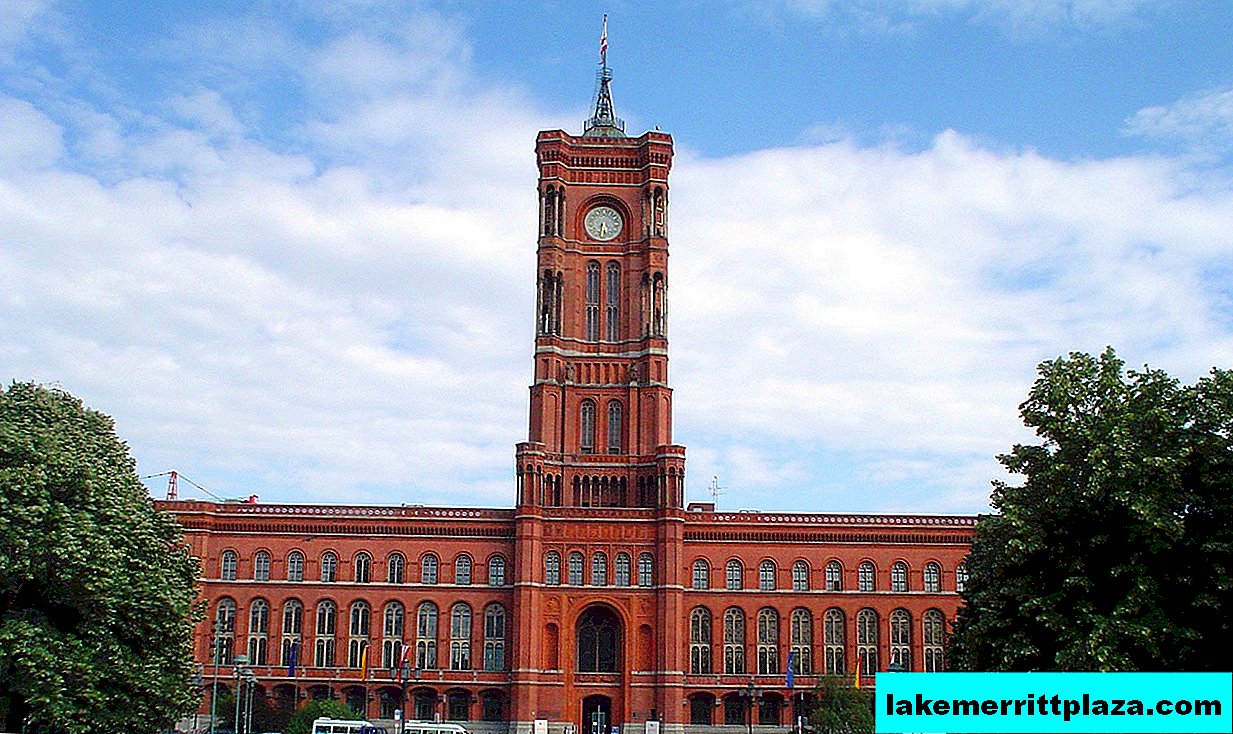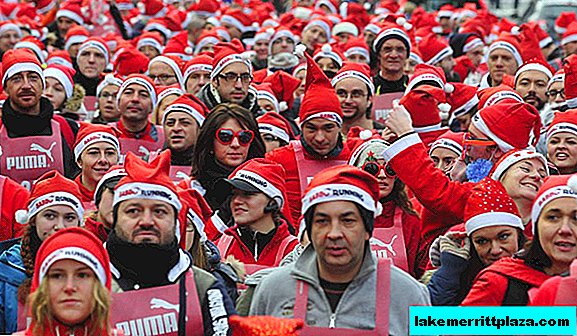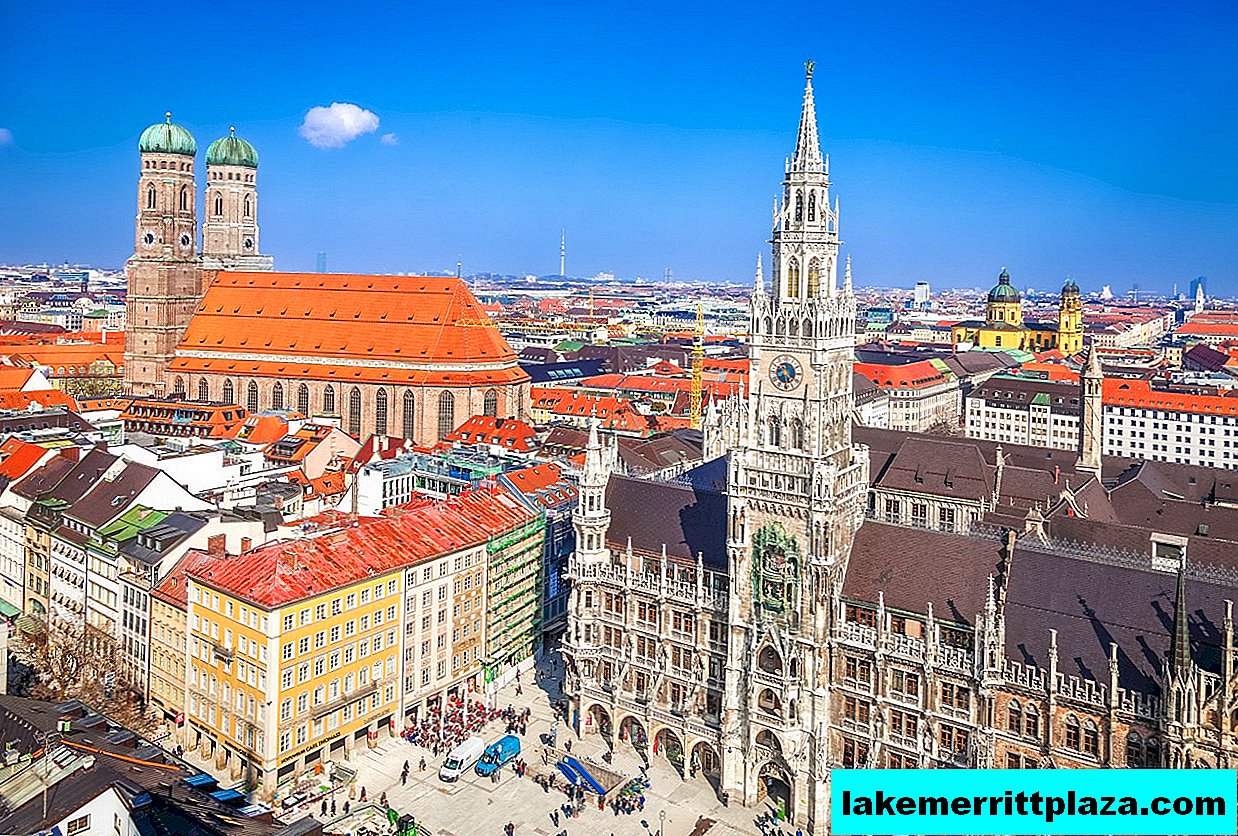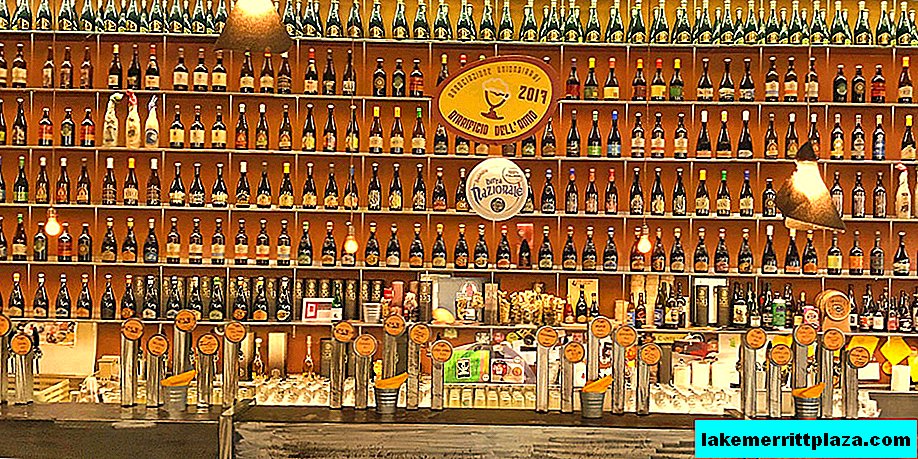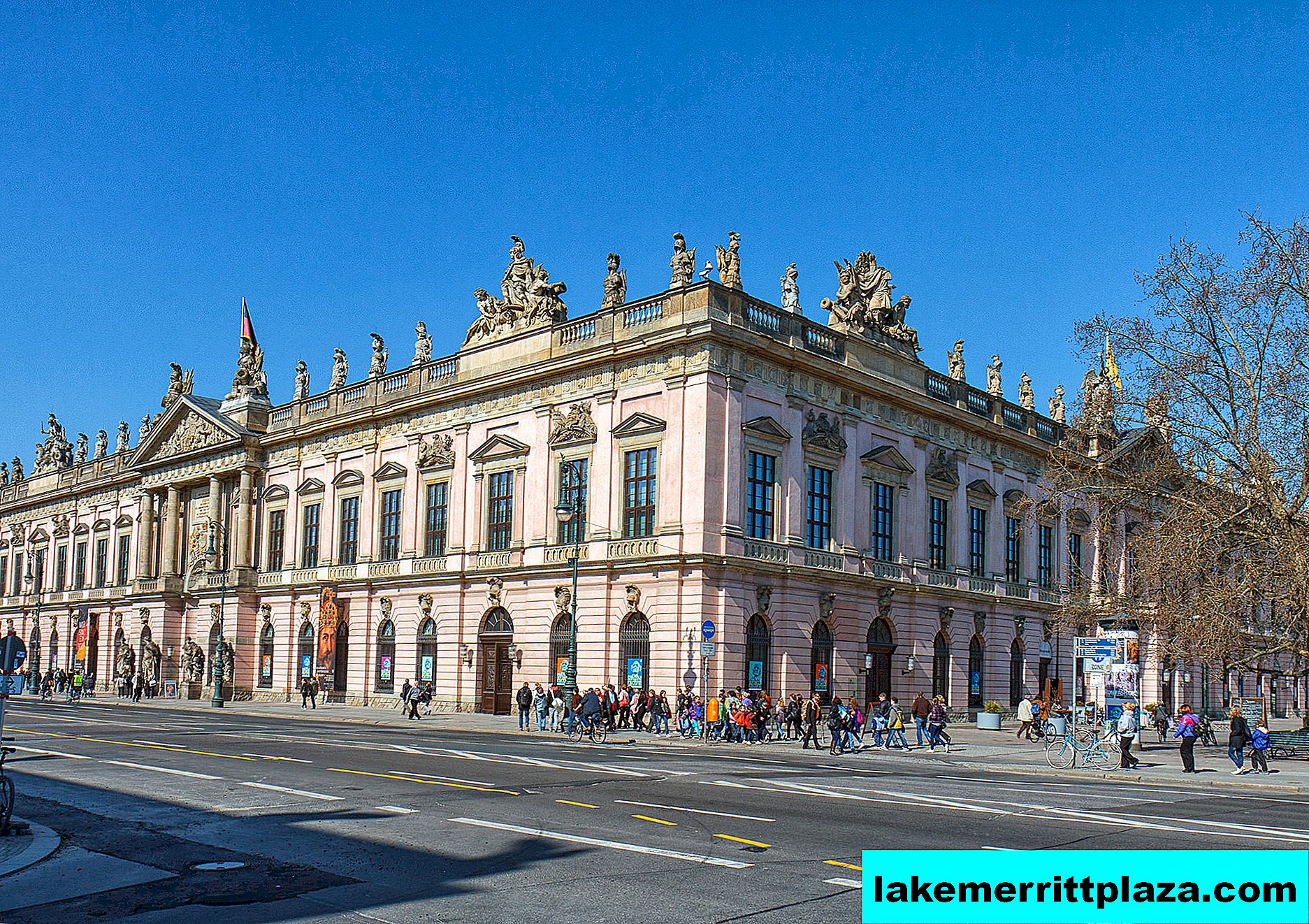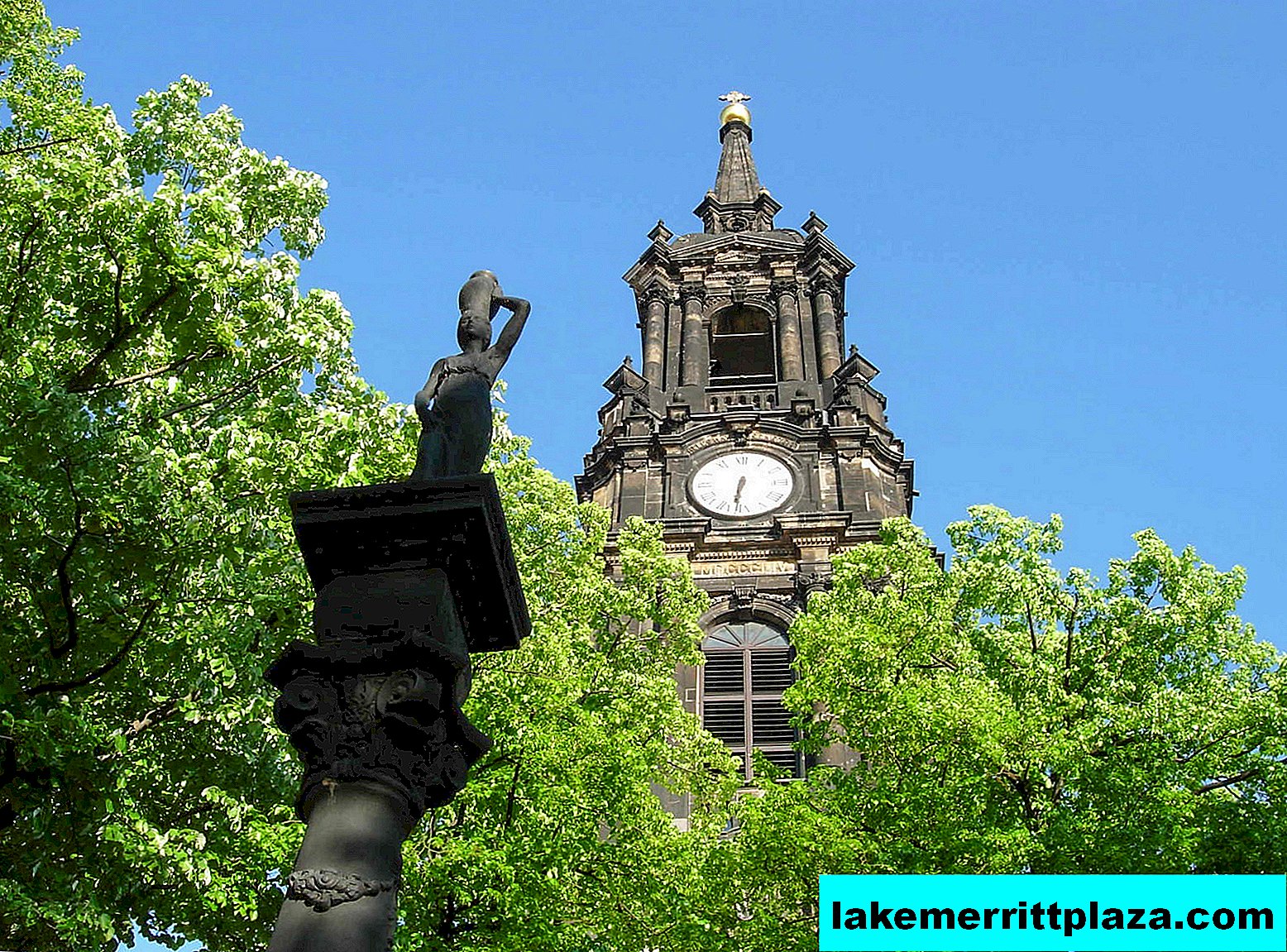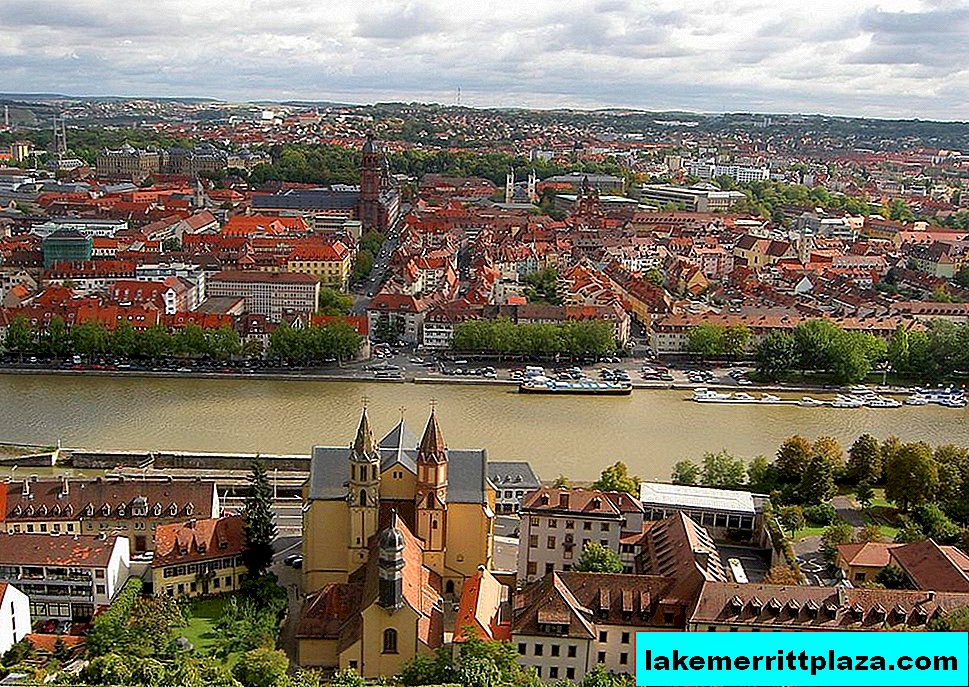At different times, Palermo came under the rule of the Phoenicians and Greeks, Muslim Arabs, Normans, Spaniards and French. A colorful mix of so many cultures has become the basis for creating the richest collections that the Palermo Museums are famous for. Of particular interest are the Capuchin cemetery, the archaeological museum, the astronomical observatory, the museum of Islamic culture, the puppet and sea museums.
Museum of Death (Catacombe dei Cappuccini)
The Museum of the Dead in Palermo will be interesting to tourists with strong nerves. Capuchin cemetery - it is 8 thousand mummies, put on public display in a variety of poses. Compositions of the mummified dead are located under the Capuchin Monastery.
Rites of capuchins
The unique air of underground rooms contributes to the perfect preservation of the remains - corpses do not decompose for a long time even without special treatment. Initially, the catacombs were intended exclusively for the departed Capuchin monks. Over time, representatives of the urban elite with the personal permission of the Archbishop of Palermo got the opportunity to gain life after death.
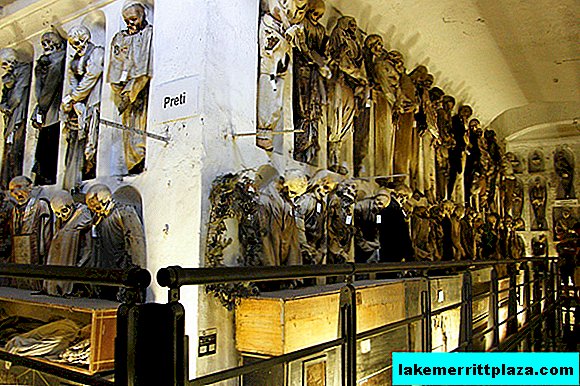
Preparation of the deceased for burial took 8 months. During this time, the bodies were dried in special chambers, treated with vinegar or solutions containing arsenic. Then the dead were dressed up in a funeral suit and placed in a lying, sitting or standing position in the corridors of the catacombs. Relatives often visited their dead - they brought offerings and dress in new clothes on holidays.
Description
Capuchin catacombs include several corridors with transitions that form a rectangular shape. The oldest part of the catacombs is represented by the corridor of monks. The cemetery provided for the separate burial of men and women (laity), children, and priests. A separate corridor has been set up for Palermo's labor elite - scientists, sculptors, artists, doctors. According to legend, the body of the great painter Diego Velazquez is stored here.

At the beginning of the 20th century, authorities officially banned burial in this way. The last “guest” of the Capuchin monastery was the little girl Rosalia Lombardo. A two-year-old child died with a surprisingly clean and soulful expression. The inconsolable father paid a fortune to the doctor Alfredo Salfie so that he kept the tiny body in perfect shape.
The embalming result exceeded all expectations - the second century, a girl lying in a glass coffin does not seem to be dead, but asleep. The captured innocence has so affected the hearts of the inhabitants of Palermo that they renamed the Capuchin monastery chapel, which was previously dedicated to the Virgin of Sorrows, in her honor.
- Address: Piazza Cappuccini, 1.
- Working hours: on weekdays from 8:30 to 18:00.
- Ticket price is 3 euros.
- Official site: www.catacombepalermo.it
Archaeological Museum (Museo archeologico regionale Antonio Salinas)

The Archaeological Museum of Palermo was founded in the 19th century in the former monastic monastery of the community of St. Philip Neri. The outstanding numismatist, Antonio Salinas, bequeathed the founding father, who bequeathed 6000 exhibits from the personal collection to the museum fund.

Visitors can plunge into the history of Sicily from the prehistoric period to the late Middle Ages. The museum boasts a huge collection of exhibits on Punic wars and Greek colonization. The sarcophagi with mummies and magnificent examples of Greek art with images of Olympic gods and various mythological subjects make a grand impression.
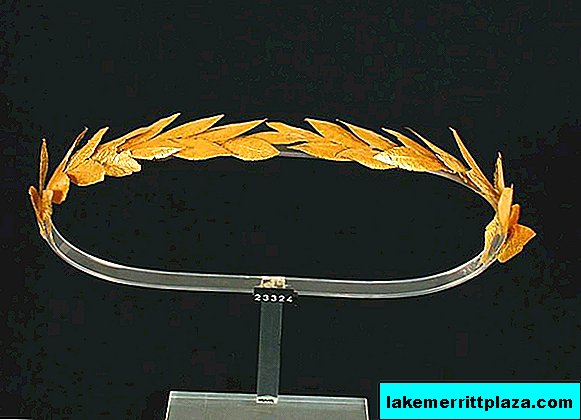
The Archaeological Museum owns an "Etruscan collection" collected by Pietro Bonchi Casuccini and bought from its heirs by the Italian government. The collection includes amazing bronze ware, ceramic dishes decorated with antique paintings, funeral urns of the Carthaginian conquest, statues and sculptures, sarcophagi.
- Museum Address: Via Bara all'Olivella, 24.
- Working hours: on weekdays from 9:30 to 19:30, a break from 13:30 to 14:30. On weekends and holidays: from 9:30 to 13:00.
- Ticket price is 4.5 euros, the duration of excursions is about 1.5-2 hours.
- Official site: www.regione.sicilia.it/beniculturali/salinas/
Puppet Museum (Museo internazionale delle marionette Antonio Pasqualino)
The International Puppet Museum, located in Palermo, was founded in 1975 by surgeon and anthropologist Antonio Pasqualino. The exposition consists of 3,500 puppets brought from different parts of Italy, Greece, Turkey, Vietnam, China, Cambodia and other countries. Each doll included in the collection clearly demonstrates the characteristic features of its people.
The Italians are convinced that a person stops playing only when he dies. Therefore, the festival of puppeteers established by Pasqualino (Morgana Festival) became a cult event in the life of the city. Every November, the streets of Palermo turn into theatrical stage - masters of puppetry from around the globe come to the city to revive ancient art.

- Address: Piazzetta Antonio Pasqualino, 5.
- Working hours: (Mon - Sat) from 9:00 to 18:30, on Sunday and on holidays: from 10:00 to 13:00.
- Ticket price for adults is 5 euros.
- Official site: www.museomarionettepalermo.it
Astronomical Observatory (Osservatorio astronomico di Palermo)
Palermo Astronomical Observatory was founded in 1786 by Giuseppe Piazzi. Her refuge was the majestic Palace of the Normans (Palazzo dei Normanni), the former royal residence for many rulers of Sicily.
In 1801, the observatory became world famous thanks to the discovery of Ceres, the first asteroid discovered in the solar system. Therefore, a prominent role in the museum's exposition is played by Ramsden's equatorial circle, with which the asteroid was discovered. Of particular interest are two ancient globes - the globe of the cartographer Rigobert Bonnet and the celestial globe of Jerome de Lalande. Both exhibits are made of valuable walnut species, they are distinguished by the extreme elegance of appearance and accuracy of images.

The collection is composed of a variety of measuring instruments necessary for the study of astronomy, meteorology, seismology, topography and physics. Indoors are achromatic and equatorial telescopes, chronographs, marine chronometers, medieval barometers, spectroscopes. Ancient tools resemble real works of art, as they are made of various precious metals and rare woods.
The modern scientific interests of the observatory are concentrated around studying the solar crown, studying the evolution of stars, observing supernova remnants, modeling astrophysical processes, and developing equipment for X-ray telescopes.
- Address: Piazza del Parlamento, 1.
- The tour lasts one hour, conducted in 3 languages: English, French and Italian.
- You can sign up on the official website: www.astropa.inaf.it
Museum of Islamic Culture (Museo d'arte islamica)

The Museum of Islamic Culture, located in the ancient castle of Dziz (Castello della Zisa), stores many artifacts that fell into Sicily during Arab colonization. In the 10th century, Palermo was ruled by Muslim Arabs and was the center of the Sicilian emirate, which left its mark on the history and culture of the city.
Ziza Castle is a beautiful architectural monument of that era. The appearance of the castle was influenced by three cultures, the architecture reflects Norman impregnability, Arabian severity and Sicilian carefree. Arab influence is sharply felt in the Fountain Hall, where under the cruciform vault there are three niches decorated with gold and bright decorative mosaics.
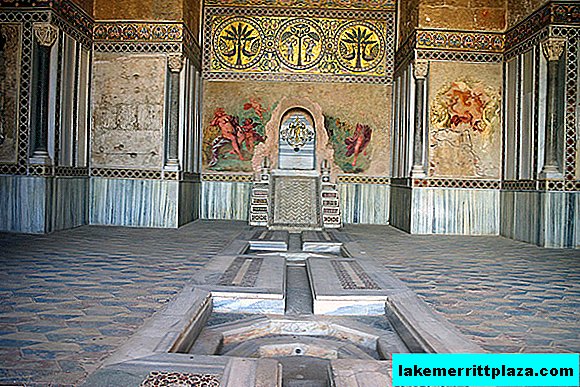
The collection contains exquisite objects made by outstanding masters from the 9th to 11th centuries. Of particular interest are gold and silver products (jewelry, dishes), exquisite wooden furniture, ancient weapons.
- Address: Piazza Zisa.
- Working hours: on weekdays from 9:00 to 19:00.
- Ticket price: 6 euros for adult visitors and 3 euros for children from 4 to 12 years.
Maritime Museum (Arsenale della Real Marina - Palermo)
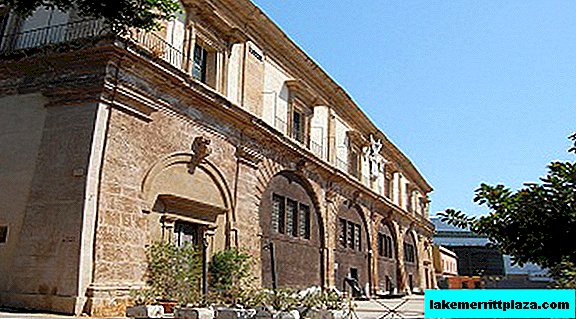
The Maritime Museum has been operating since 1997 in the building of the Palermo Arsenal (Arsenale di Palermo). The old shipyard was built during the Bourbons in the mannerism style. A visit to the museum will be interesting to fans of Sicilian shipbuilding and military history.
The rich collection is housed in 5 large-scale sections devoted to: the history of military battles, the traditions of Sicilian sailors, and the development of the marine industry. Shipbuilding fans will be interested in models of wooden ships (galleys, shebeks and gunboats) of the sample of 1630-1848 and the engines of the first Italian submarines created in the early 20th century.
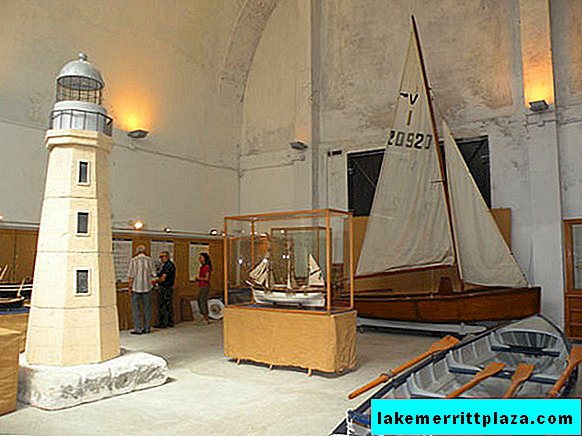
The exposition is widely represented weapons of sailors, a variety of devices for shipping at night and bad weather, gear for sea fishing. On the territory of the Arsenal are two fortress guns of the eighteenth century, considered the guards of the museum.
- Address: Via dell'Arsenale 134/142.
- Working hours: on weekdays from 9:30 to 12:30.
- Ticket price: is free.
- Official site: www.museodelmarepalermo.it

